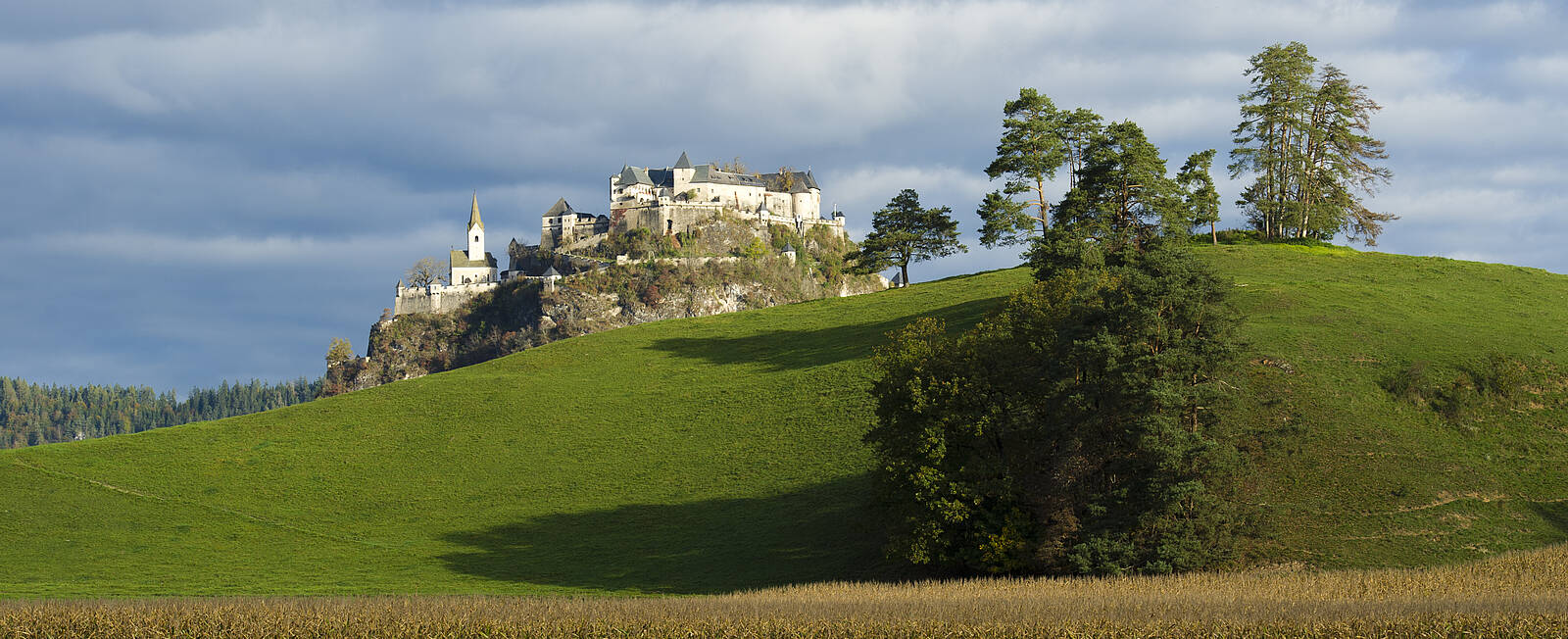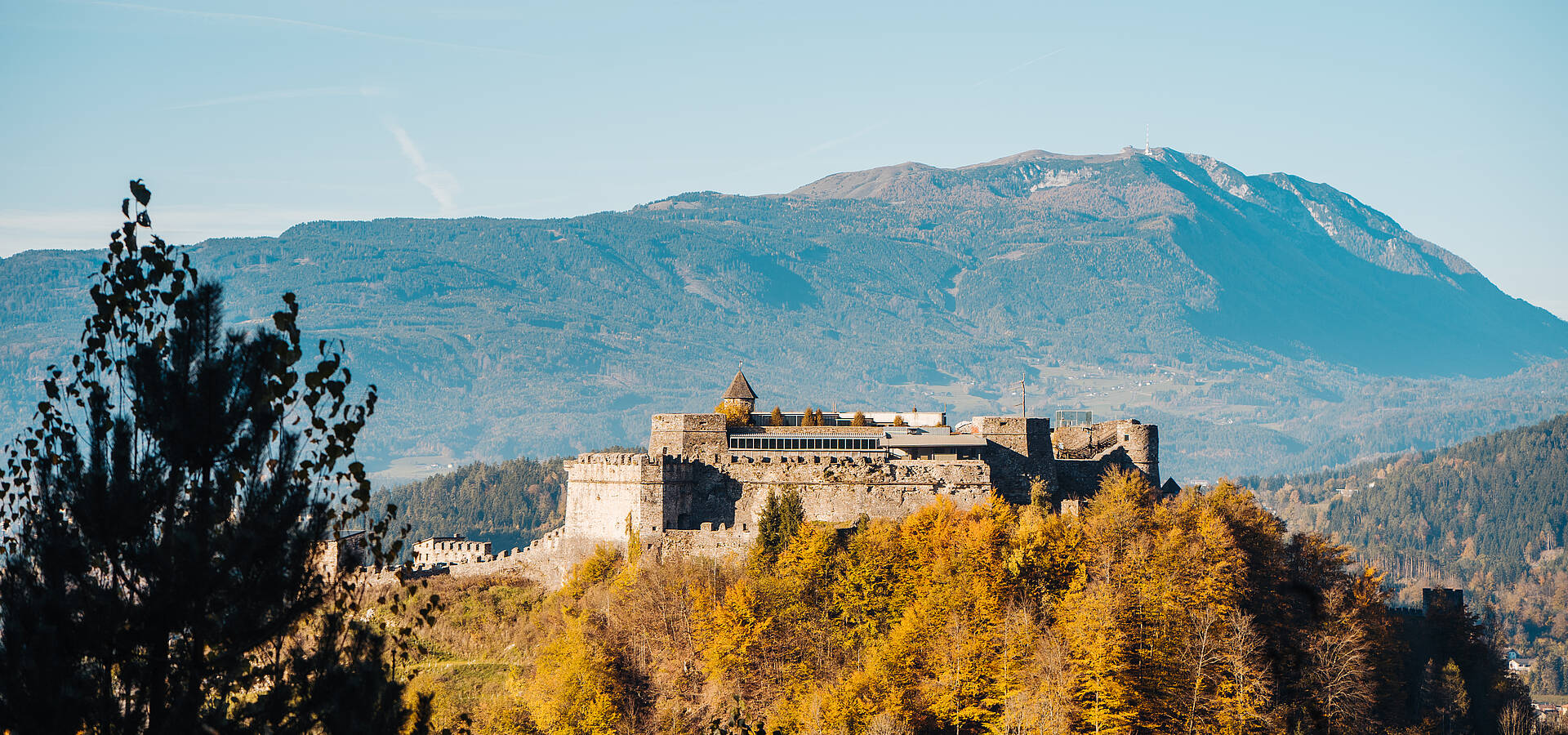From romantically-ruined medieval fortresses atop craggy mountains, to elegant baroque palaces, some of the best castles in Austria are right here in the sunny south – read more about the 15 most beautiful castles in Carinthia.
1. Marvel at impregnable Hochosterwitz Castle
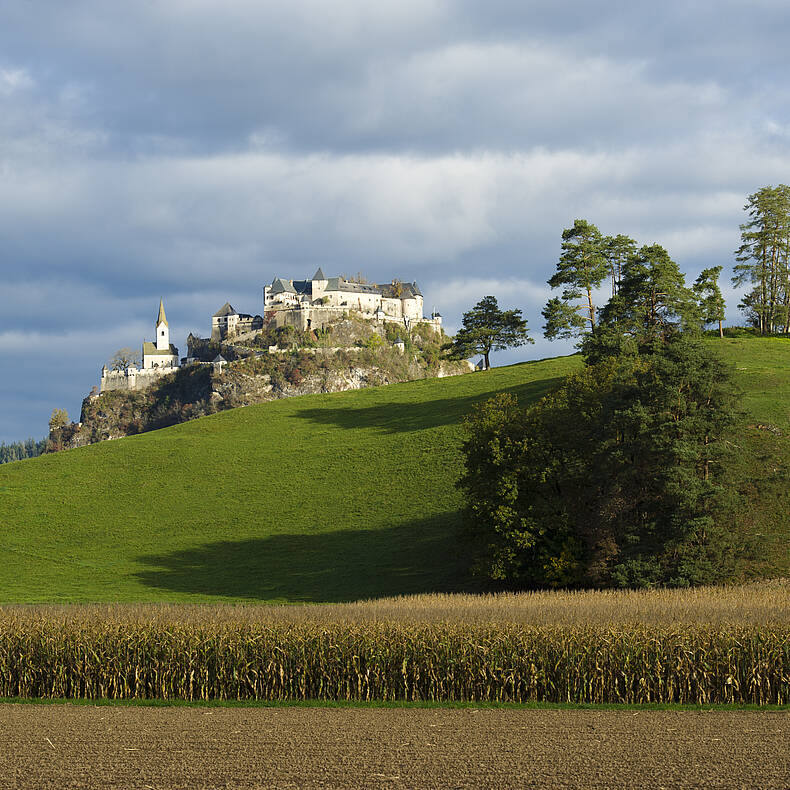
By the time you have passed through the winding access road and 14 fortified gates to the main castle yard, you’ll have a good idea of why Hochosterwitz Castle is an outstanding example of a medieval fortress and stronghold. Only extremely clever and technical construction could have made the castle this impregnable. From its unassailable position atop a 172-metre (564 ft) high dolomite rock near Sankt Georgen am Längsee, invaders could be attacked from all sides at the same time. Hochosterwitz Castle dates from the 14th century and its massive protective walls and battlements are perfect for defence by crossbow.
There is so much to see at Hochosterwitz Castle, from the exquisite frescoes and typical Carinthian altar in the small chapel, to the impressive collection of weapons and armoury. There is also a gallery of historical portraits representing the Khevenhüller family and documents showing their close relationship to the imperial court. There is another way into this most famous castle. Austrians call this path the “fools’ stairs” and it climbs over the steep west slope of the mountain, carved directly into the rock. This path allows bypassing the gates but is equally inhospitable!
2. Europe’s biggest Torture Museum at Sommeregg Castle
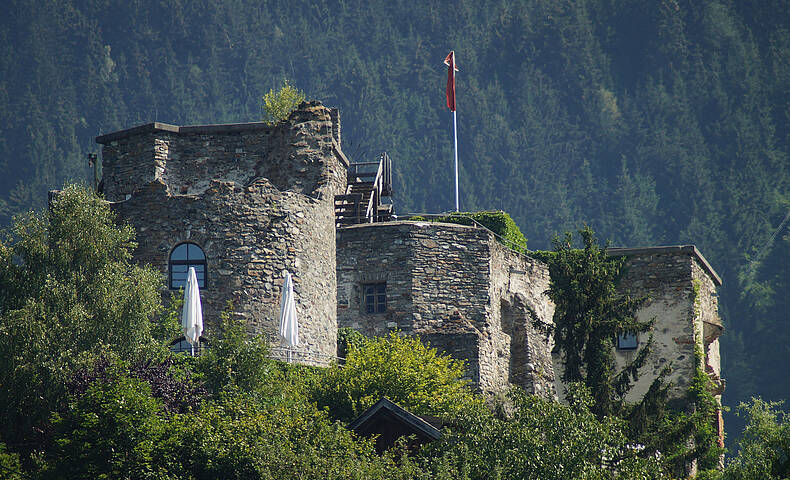
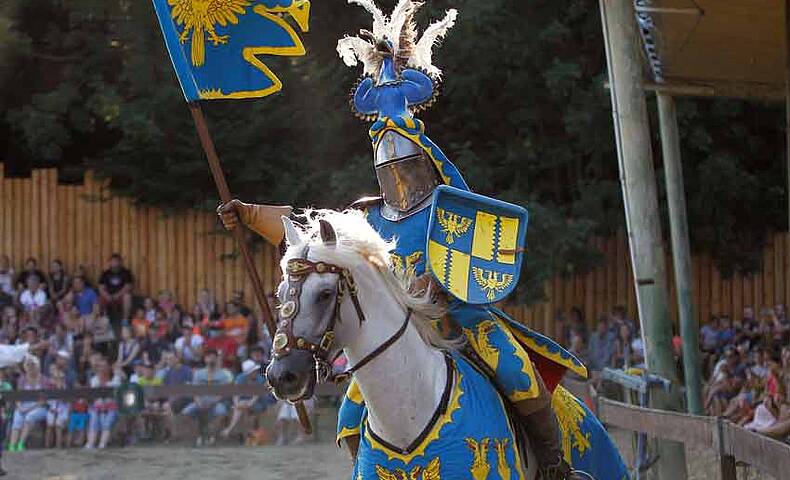
Step back in time to the Middle Ages! Executions, witch burning, torture dungeons and pillories – it’s all here at central Europe’s biggest torture museum in Sommeregg Castle. Discover more than 100 true-to-life exhibits that combine information with horrifying facts.
There is also a special exhibition from Amnesty International about modern day torture. Visit in August when three weeks of medieval tournament re-enactments take place. You can even eat at the medieval adventure restaurant, featuring a special knights’ banquet for large groups.
3. Music and more at the Finkenstein Castle Arena
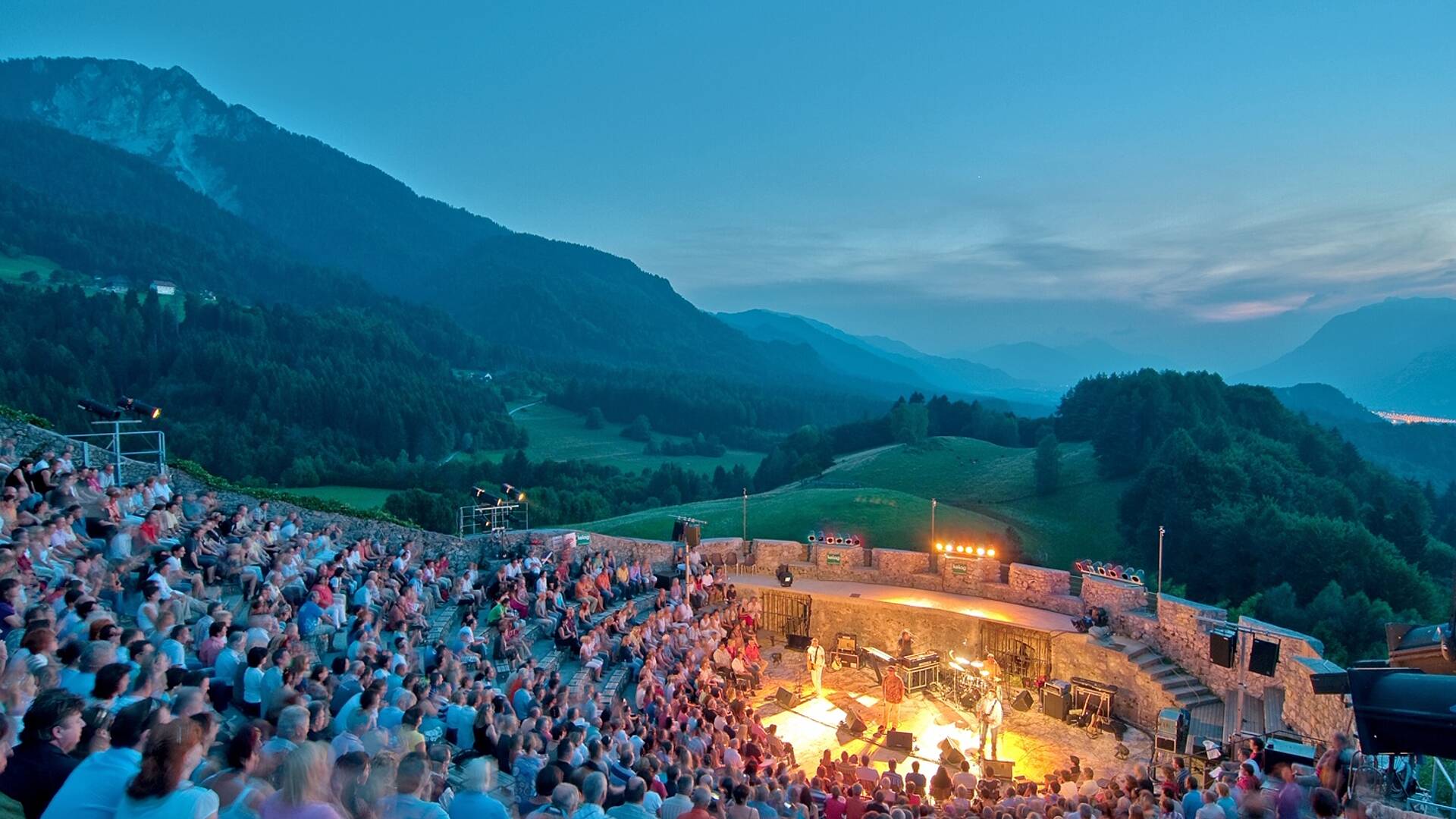
Get in the mood for an extremely musical summer, with spectacular open air concerts at Finkenstein Castle. The Finkenstein Castle Arena draws the crowds as it hosts a wide range of cultural events. The historic arena overlooking Lake Faak seats just under 1,200 people for regular shows, against the backdrop of the Karawanken Range. Visit one of the best castles in Austria for very special concerts and cabaret shows in a simply stunning setting. The bright and lively atmosphere of this open-air venue is truly unique. On balmy summer evenings fresh mountain air mingles with mild air rising up from the lake. The stars in the sky vie with those on stage, completely captivating the audience. Sit back and enjoy the inspirational moments provided by Finkenstein Castle.
International opera stars such as Plácido Domingo, José Carreras and Monserrat Caballé have all performed here. Austrians love appearances by the country’s musical elite, such as Udo Jürgens, Wolfgang Ambros and Reinhard Fendrich.
Don’t worry, if the weather report gives cause for concern, the events are held in the nearby Music & Event Hall with good acoustics at the foot of the Finkenstein Castle Arena.
4. Culture and gastronomy at Schloss Albeck
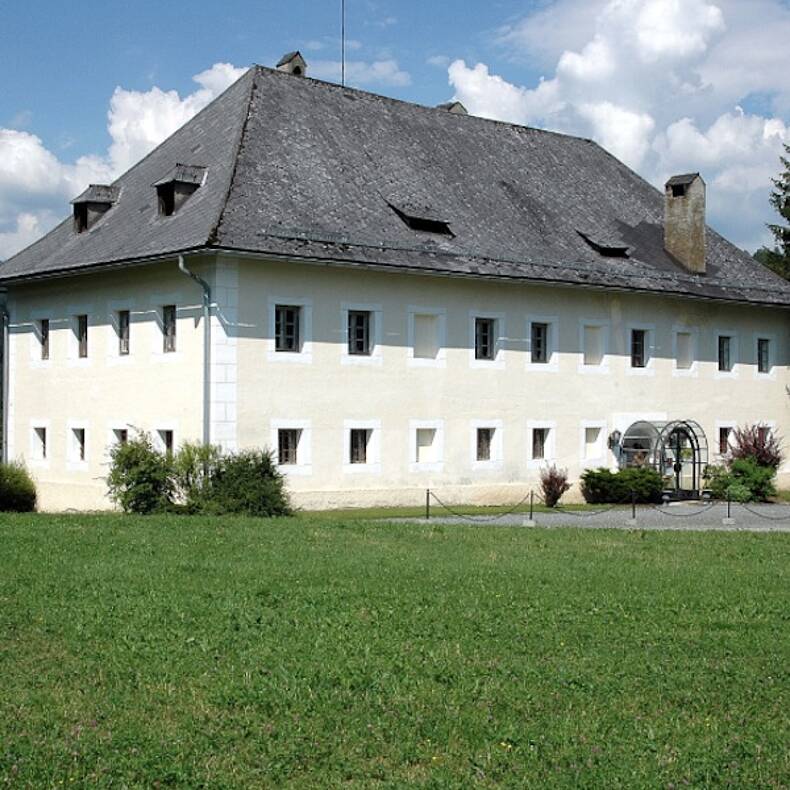
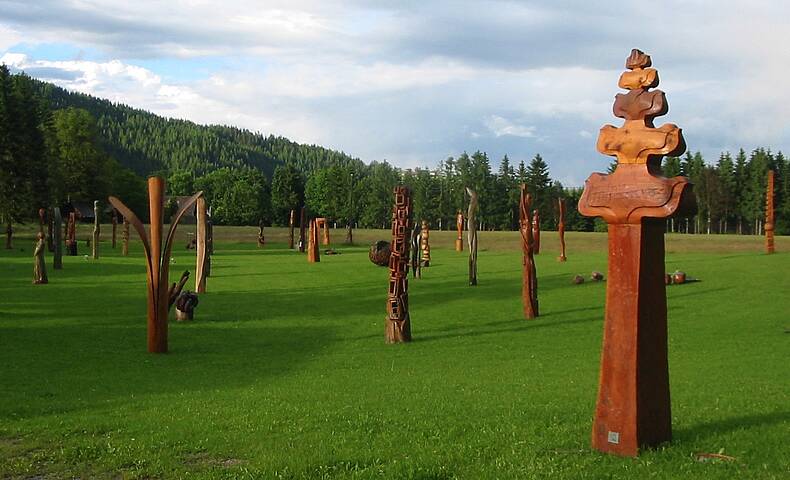
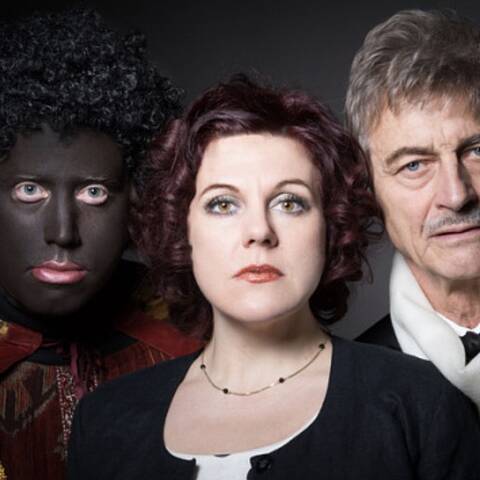
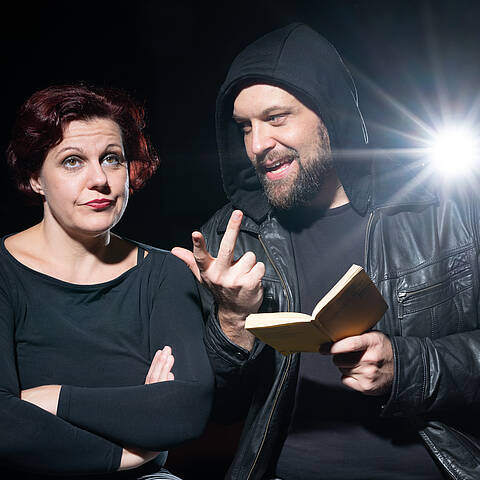
Schloss Albeck is a place of serene beauty, where cultural and culinary events have a wonderful setting in this baroque gem, surely one of the most famous castles in Austria.
1,000 years ago, the site was donated to the Gurk Abbey by St Hemma, the patron saint of Carinthia and founder of the Gurk Cathedral. Nowadays, Albeck is Austria’s biggest privately owned cultural centre, and has found a new lease of life offering a fabulous environment for people who want to combine their cultural with their culinary interests.
Albeck Castle is a place of encounter, welcoming all who appreciate the aura of the historic building, the calm of the surrounding nature, the open-mindedness and family atmosphere of the events. Visitors sense the power radiated by the place and find quietness and relaxation, as a feeling of homecoming is evoked.
For 30 years it has held two concerts on every Sunday, a permanent art exhibition, a monthly exhibition of contemporary art, ten theatre performances in spring, and 24 theatre performances in summer!
You will also find Austria’s biggest wood sculpture park here in the grounds of the castle, displaying more than 100 artworks made of regional larch wood produced by artists during an international wood sculptors’ symposiums on site. Visit the restaurant with its indigenous dishes, including hearty Carinthian noodle specialities, Austrian wines, and beer made by the Carinthian brewery Hirt. The well-stocked gift shop has tastefully chosen souvenirs.
5. Simply magnificent Burg Landskron
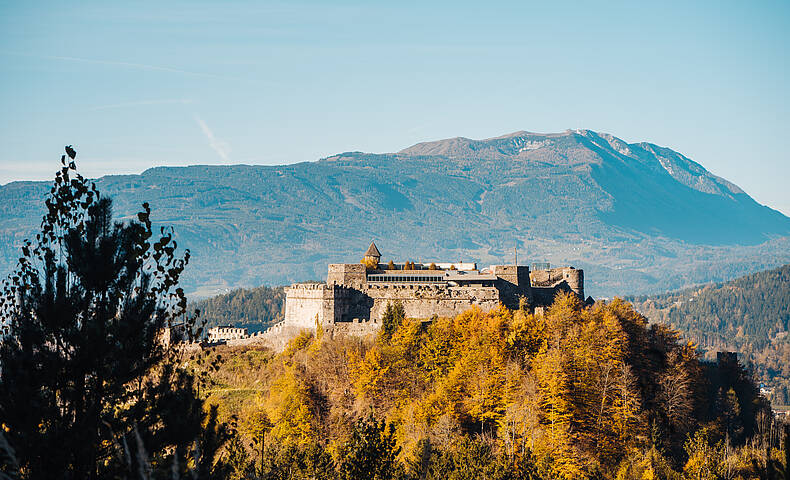
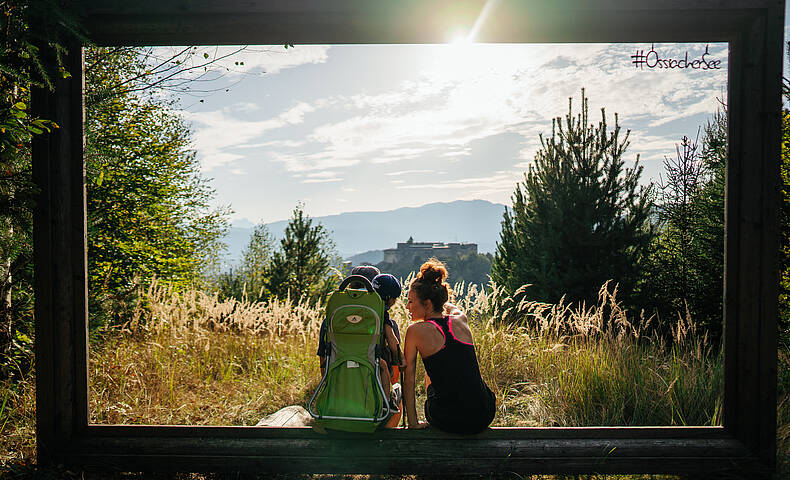
Burg Landskron is another castle in Austria that needs little introduction. This medieval hill fortification is just northeast of Villach in Carinthia, high atop a rocky outcrop of the Ossiach Tauern mountain range. Soaring 658 metres (2,159 ft) over the valley floor, has been a romantic ruin since the 19th century but conservation work in the 1950s led to its growing popularity as a destination, particularly for its free-flying birds of prey shows and macaque enclosure, as well as the stunning views.
There has been a castle on this site since at least 1330 but it was the Habsburg duke Albert of Austria who rebuilt Landskron as an important stronghold. It changed hands many times over the intervening centuries and had a Renaissance makeover in the 16th century, before succumbing to decay and then a devastating fire in 1812.
Enjoy a bite to eat at the restaurant in the castle courtyard and the kids will love the playground after watching the magnificent eagles swoop and soar. There’s no doubt this is one of the most famous castles in Austria.
6. The castle in the vineyard at Taggenbrunn
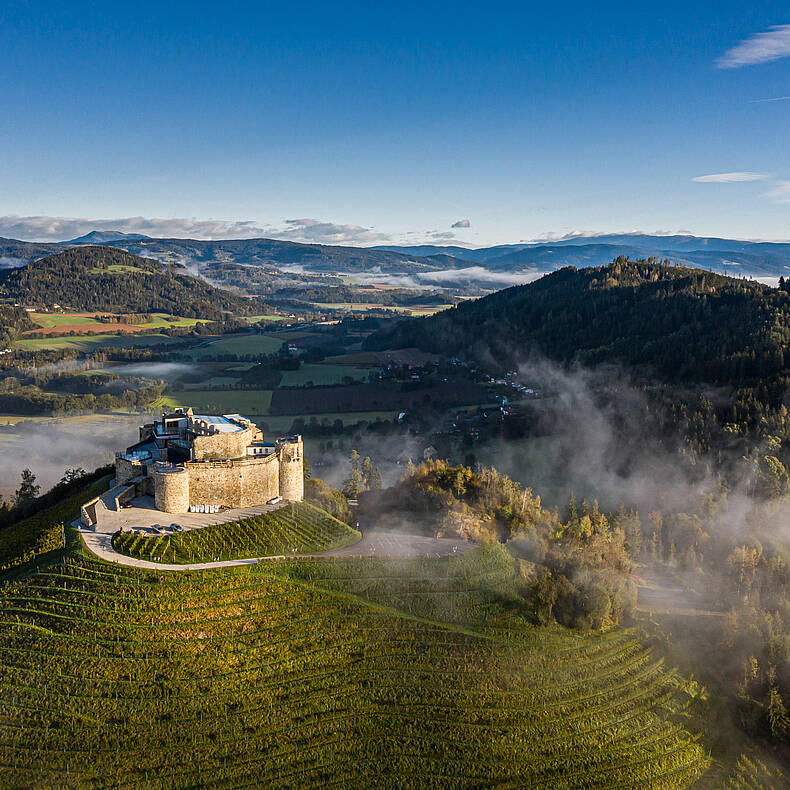
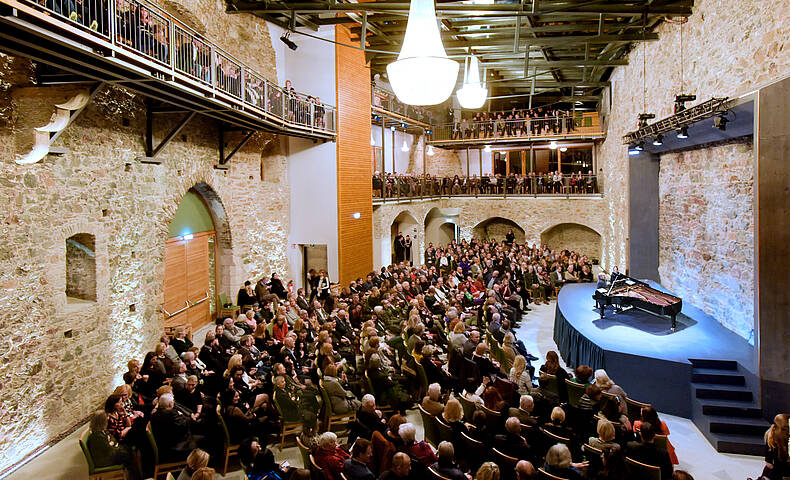
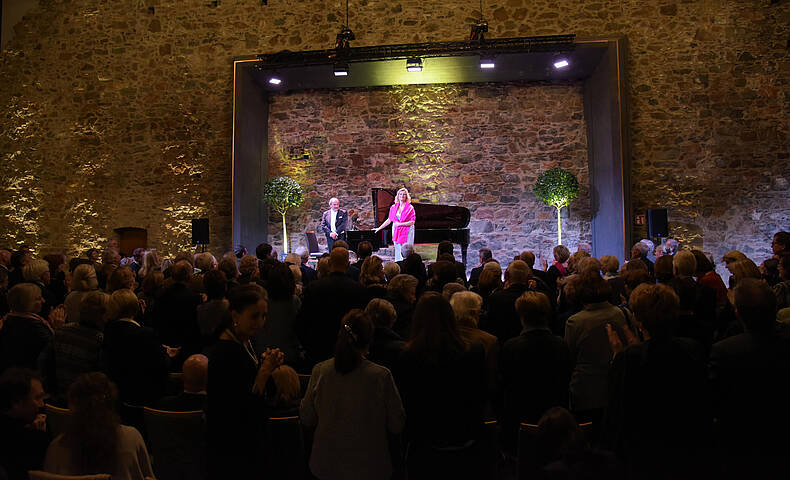
Built on the remains of an ancient Roman settlement, Taggenbrunn Castle was built in the 12th century and became the ruling stronghold of Carinthia in the 14th century. It later fell into ruin but the 21st century has been an exciting time for Taggenbrunn as the beautiful hilltop ruins have become the new heart of Carinthia’s largest vineyard. The Riedl family have lovingly renovated the buildings and planted vines since 2011 and now 36 hectares of vineyards form a stunning green sea around Taggenbrunn.
Enjoy the scenic surrounds by taking the hiking trail from St Veit an der Glan train station up to the castle. Austria has some wonderful wines so once you’re there, visit the tasting house to discover more. The castle has also become a cultural venue with festivals and art exhibitions.
7. Elegant and arty at Schloss Ebenau
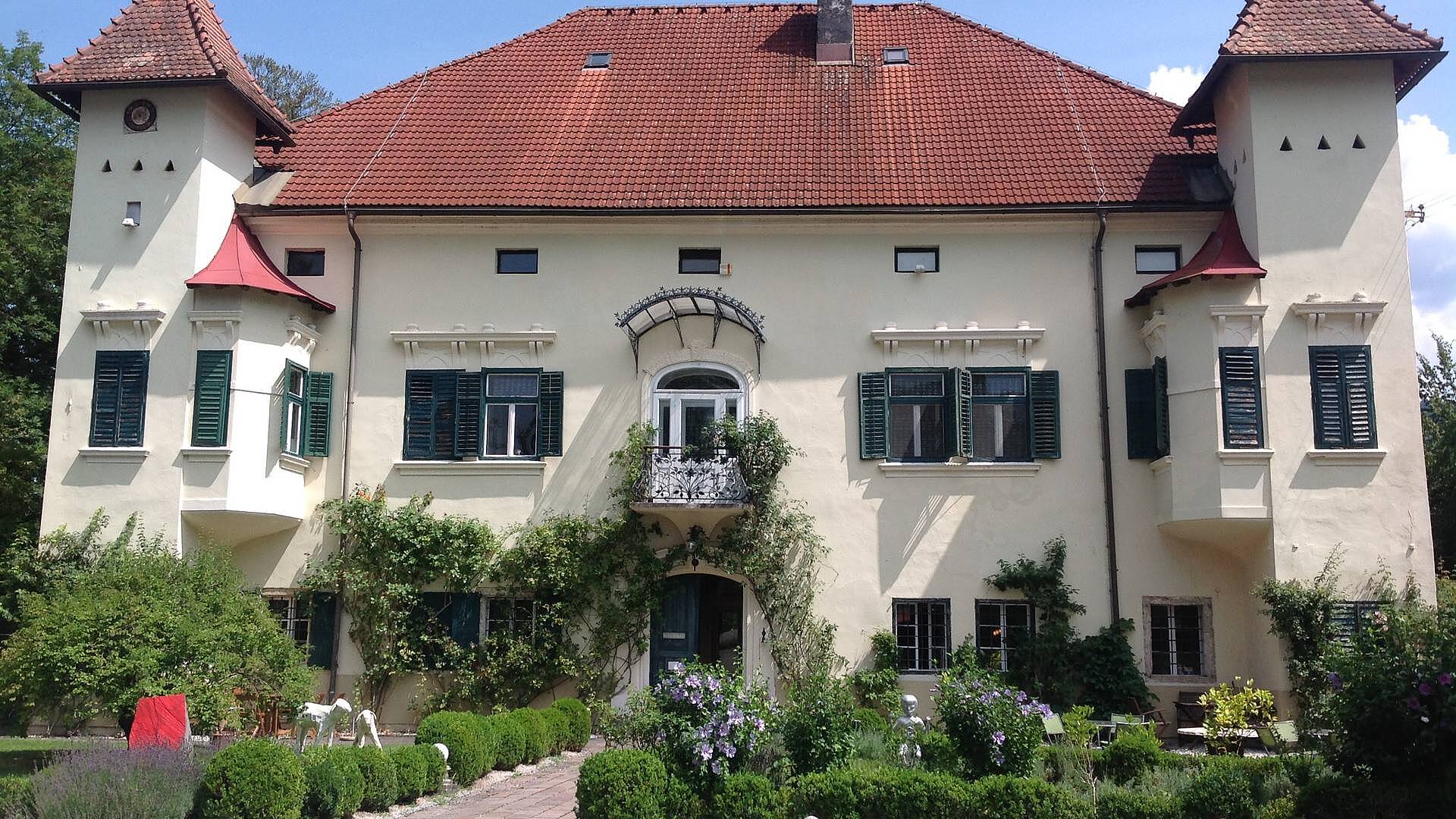
Built as an elegant Renaissance residence in the late 16th century, Schloss Ebenau has had a rich and varied history, from dairy farm to art gallery! During the Secessionist period, the turrets and façade were added as it became a desirable country house mansion.
Here in the historic market town of Feistritz in the beautiful Rosental Valley, amidst the panorama of the beautiful Karawanken Mountains, the Gallery Walker makes use of the beautiful rooms and formal gardens to display contemporary art.
8. Find your serenity at Kloster Schloss Wernberg
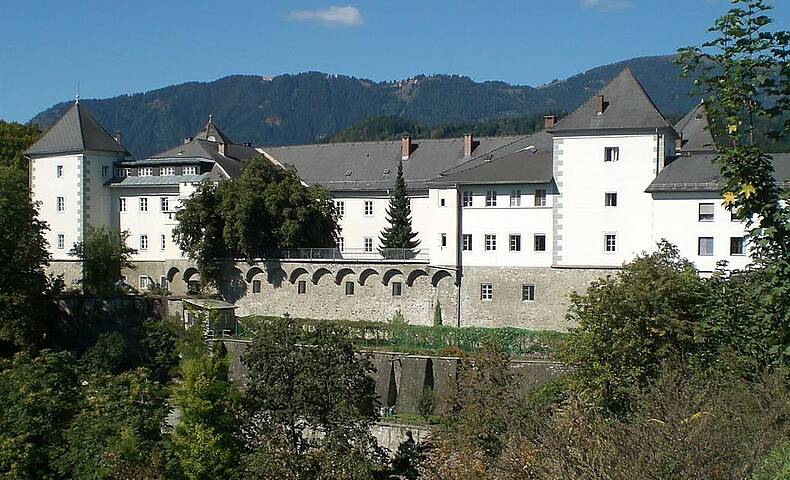
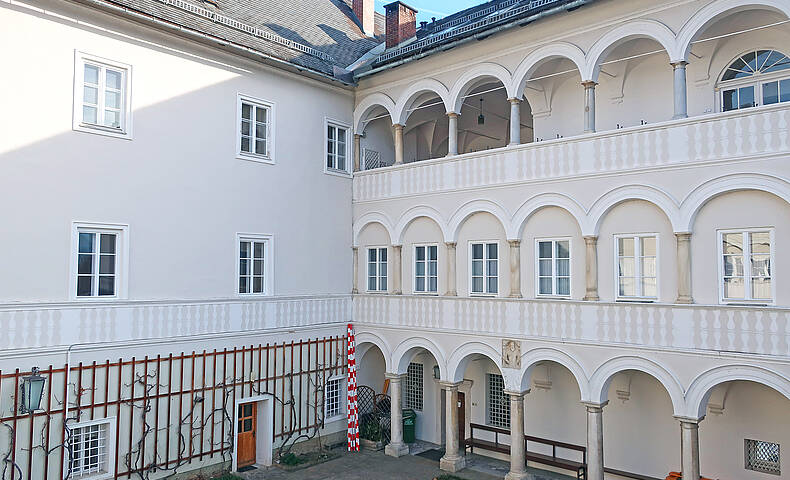
Visit a place far away from everyday stresses at Wernberg Monastery. Built by the Benedictines in 1575, this castle monastery has had a chequered history, falling into ruin in the 18th century. But over the past hundred years the Missionary Sisters of the Precious Blood have restored Wernberg, while living a mindful life of prayer and work, and carrying out charity in the local area. In the midst of the forests and fields of the Drau River Valley, just outside the city of Villach in Carinthia, Kloster Schloss Wernberg is an ancient place adapted to a contemporary purpose.
You can stay a few days at Wernberg, in clean and simple rooms, dining alongside the sisters on freshly grown and prepared food, including bread from the on-site bakery. Christmas is an especially enchanting time to visit Wernberg, when the sisters lead a lantern-lit procession through the snowy streets. Carol singing around the tree with the sisters and other guests makes Christmas magical. When you visit, browse in the monastery shop, where high quality food products, teas and natural cosmetics produced at the monastery itself or by local farms are sold.
9. Carinthian cultural highlights at Schloss Porcia
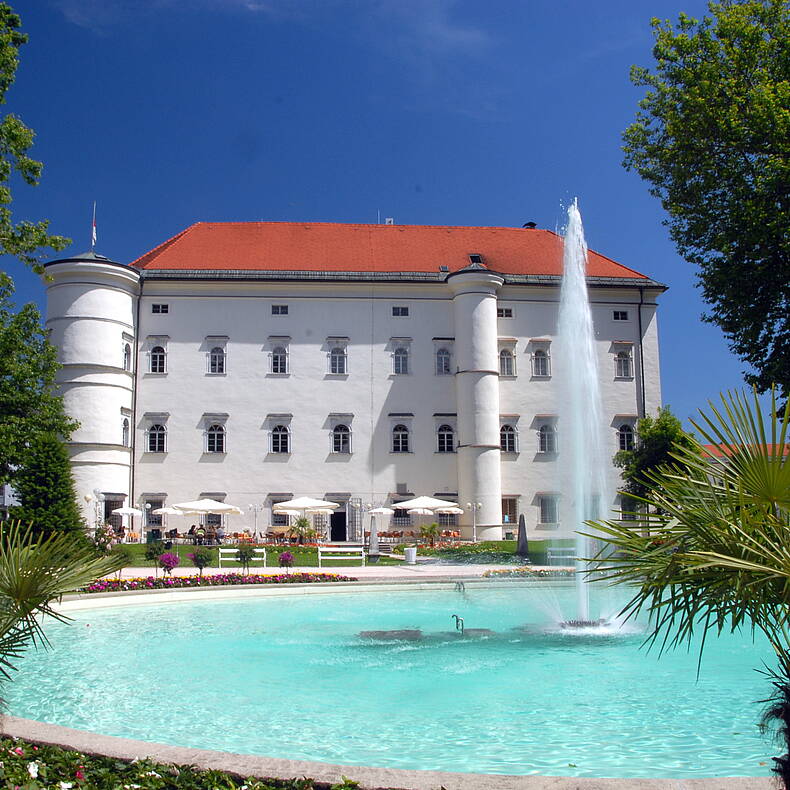
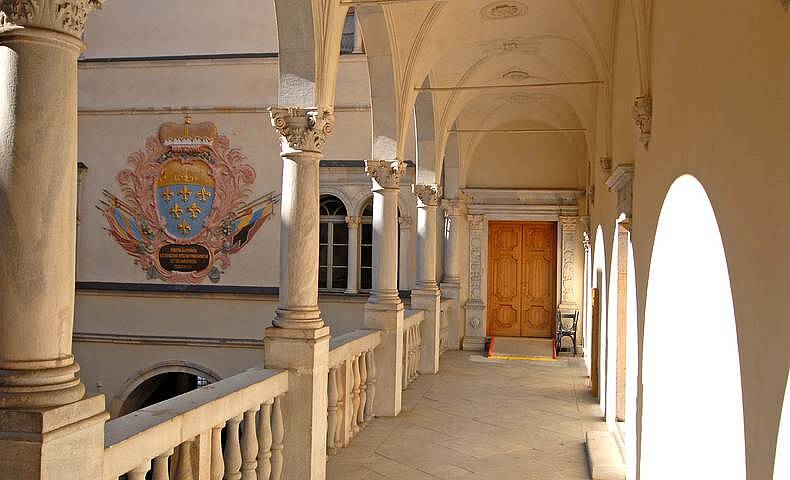
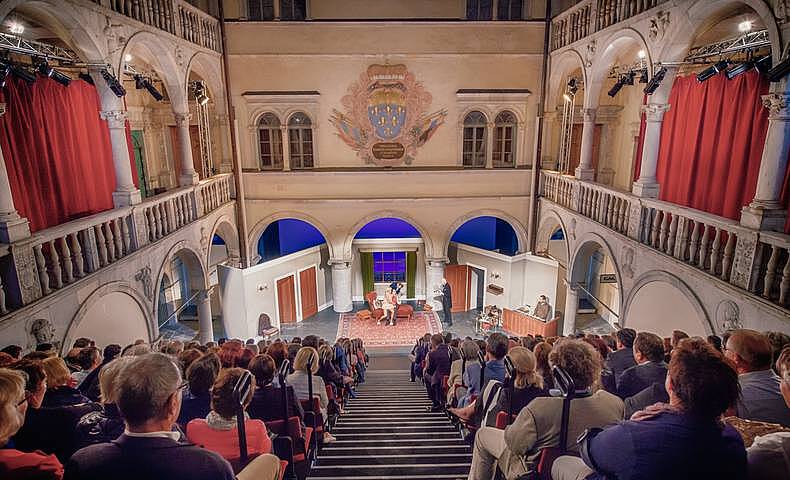
The elegant Porcia Castle has been at the heart of Spittal an der Drau since the Renaissance period. Spittal is the district capital of the Millstätter See region, where beautiful surroundings and southern Carinthian hospitality offer serenity, lively traditions, and a wide variety of cultural activities.
Porcia is not just a lovely building, set amidst the town park it is home to the Komödienspiele theatre festival in the summer, which has been a highlight of the Carinthian cultural calendar for over 50 years. The arcaded courtyard is a stunning setting for the international choral singing competition in July. The Folk Culture Museum is also housed in the castle, and has a walkable aerial photograph of Carinthia.
10. Build a castle, Austria’s Burgbau in Friesach
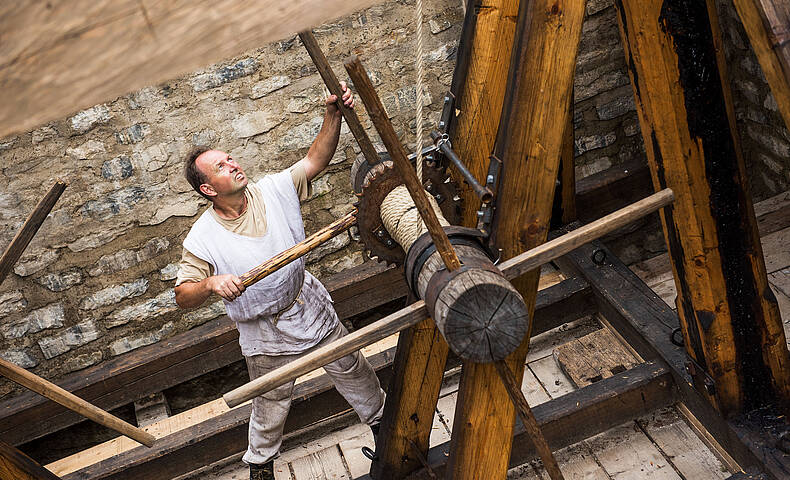
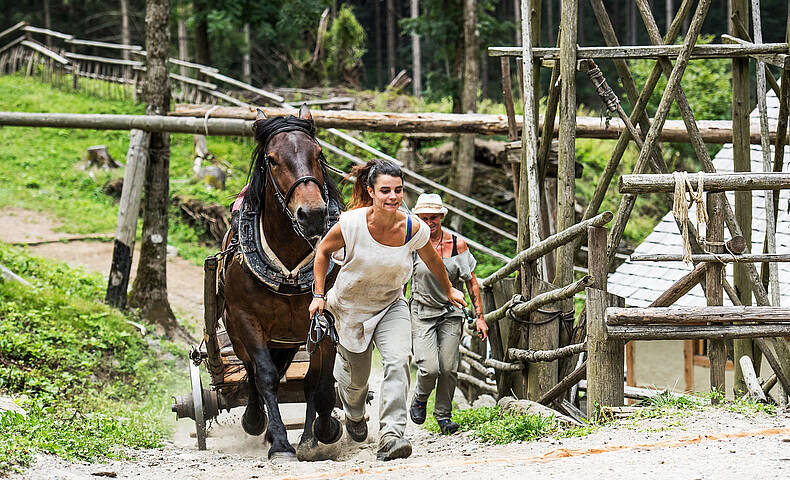
Ever wondered how these famous castles in Austria were built? Here in Friesach they are constructing a new castle using strictly medieval methods! It is an extraordinary undertaking, with construction workers using man- and horsepower only, traditional techniques, and only working with natural raw materials like stone, lime, sand and water. Watch the magnificent Noriker horses hauling the stone, and marvel at the strenuous work involved in building without modern equipment.
All to answer the question of how such monumental buildings like castles, Austrian churches and town walls were built during the Middle Ages. When you pass through the wooden gates of this construction site on a hilltop in Friesach, you will be transported into a time long past.
11. Breathtaking views from Schloss Wolfsberg
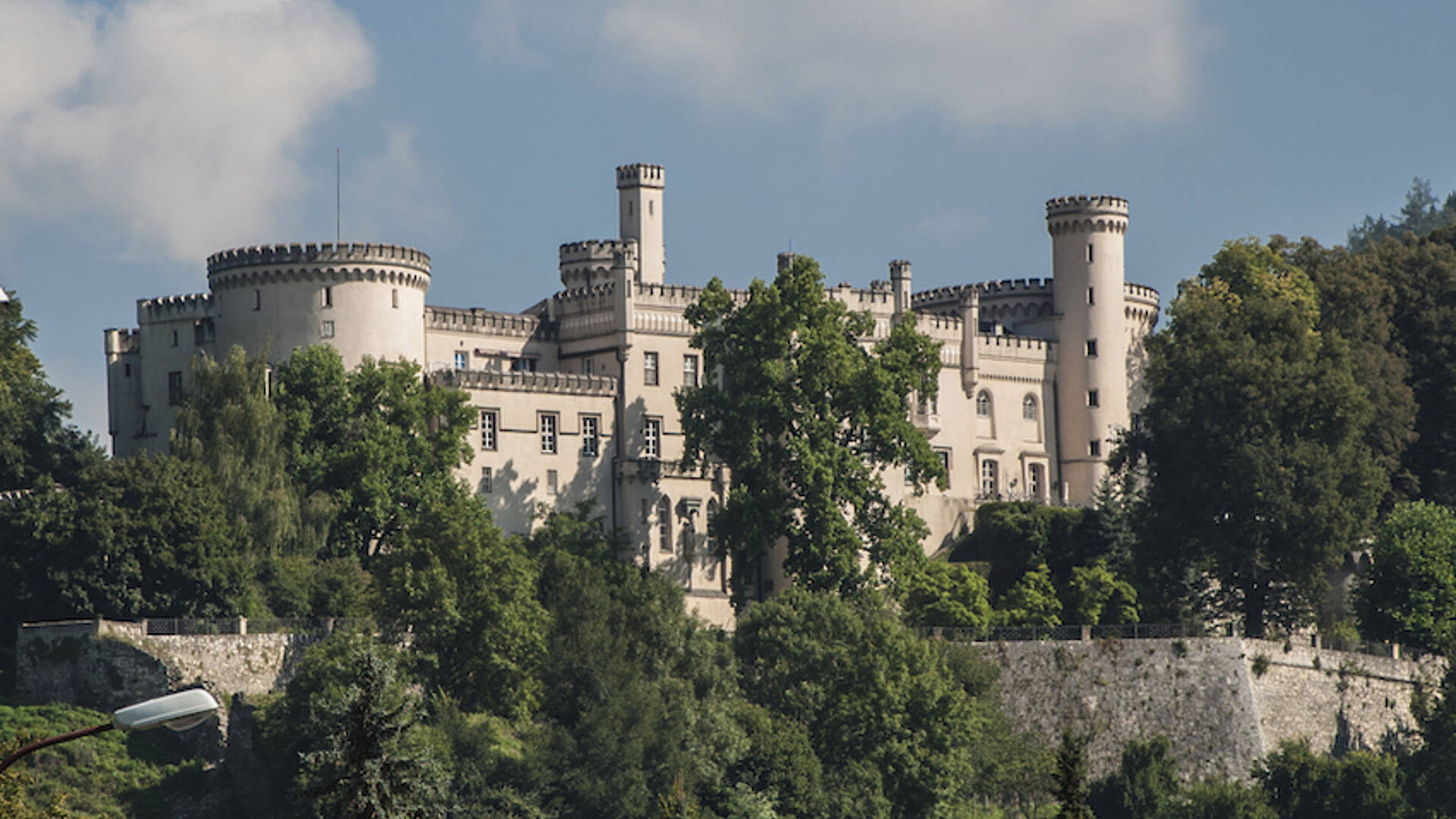
The magnificent neo-Gothic Wolfsberg Castle has watched over the town of Wolfsberg from high on its grassy hill for a thousand years. It is surrounded by stunning gardens, which were landscaped in the 1850s, and this is one of the best castles in Austria to see such a fine example of garden design from this period. The castle itself had significant makeovers in Renaissance times and then again in the 19th century, when a wealthy industrialist transformed it into an English Tudor-style palace with luxurious interiors.
The view from the terrace of this castle in Austria is truly breathtaking. The state rooms are now available for events and weddings, while guided tours can be arranged ahead of time or during exhibitions. There is a family-run cafe/restaurant in the castle.
12. Hike to the romantic ruins of the Arnoldstein Monastery
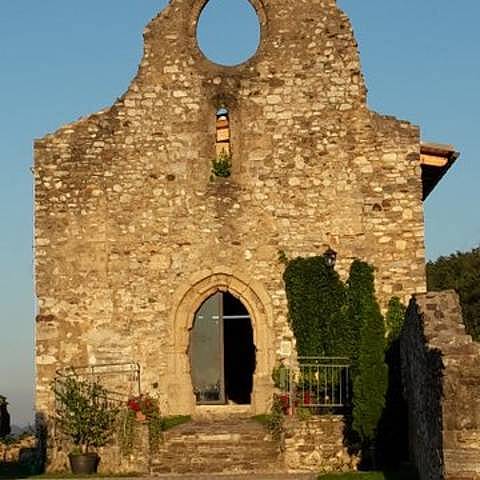
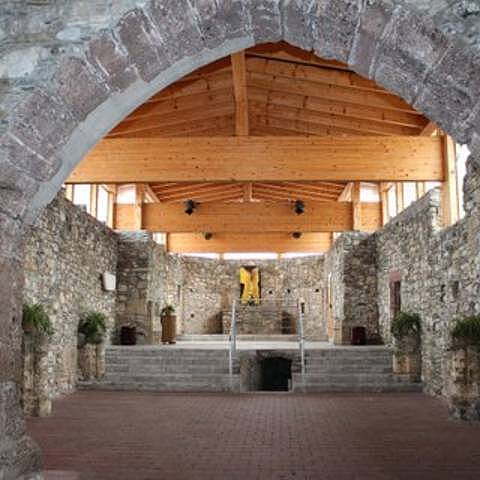
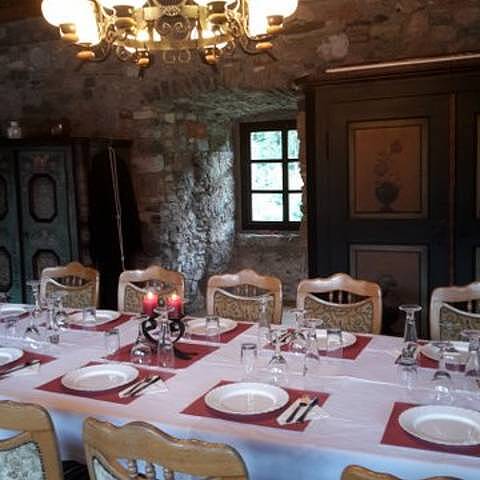
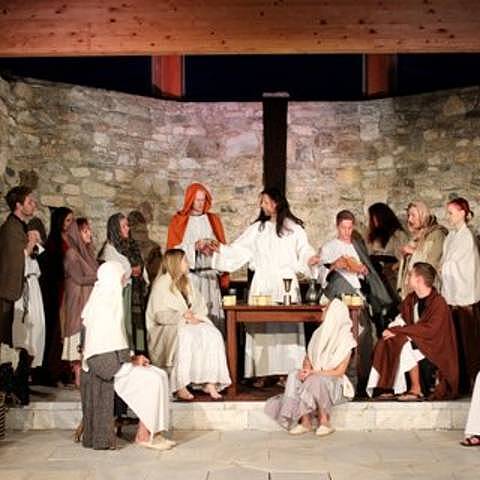
Arnoldstein is in the south of Carinthia, at the point where Austria, Italy and Slovenia meet, so it has long been at the intersection of three countries and cultures. Under the Dreiländereck mountain and at the heart of many hiking, biking and skiing trails, this area is beautiful all year around. One of the highlights for visitors is the romantic ruins of the Arnoldstein Monastery.
There has been an abbey here for nearly a thousand years but the buildings seen today were built in the Gothic period and the 17th century. Two devastating fires in the late 19th century meant the Arnoldstein Monastery went from being a busy administrative and religious centre to a peaceful ruin. But since the early 1990s loving restoration work has allowed it to become a host for cultural events such as exhibitions and concerts, as well as a popular stop on a local hike or on the Alpe Adria Cycle Path.
13. The mighty Burgruine Glanegg
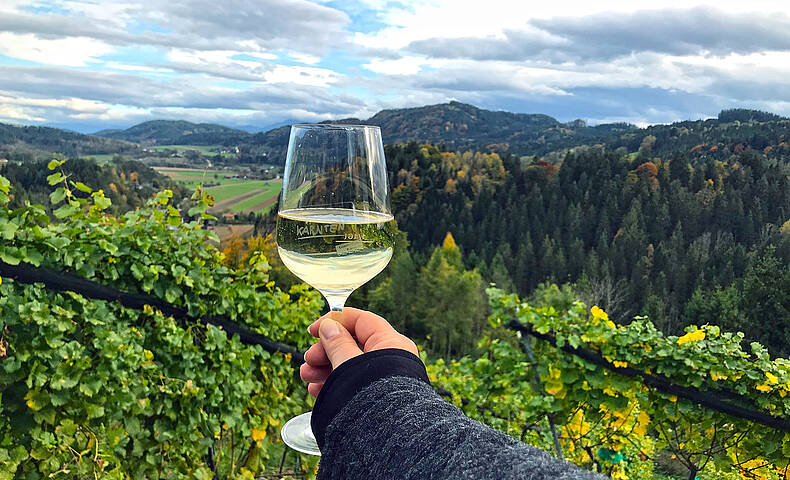
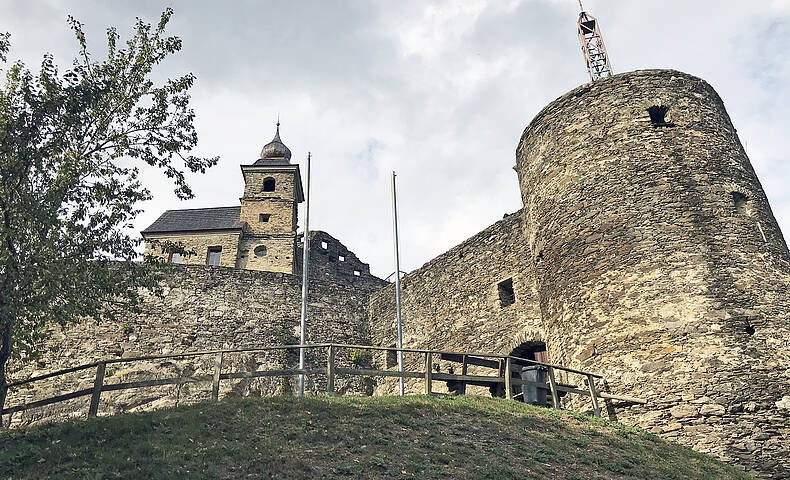
The ruined Glanegg Castle is Carinthia’s third-largest defensive fortress, built by Duke Henry III of Carinthia in the 12th century. Here in the beautiful Glan Valley, the massive walls stood steady against invasion for many centuries but eventually fell into ruin in the 19th century.
The romantic ruins provide an atmospheric setting for a variety of events all year round, from musical theatre to summer festivals, and weddings and private parties can also be held at the castle. Austria’s Glanegg region has many beautiful hiking and biking trails through unspoiled nature and visiting the castle is a highlight of many of them.
14. Abandoned but not forgotten: Castle Aichelberg
The medieval fortress of Aichelberg Castle (or Eichelsberg) was built on a late Roman site in Wernberg, at a strategic crossroads location in the Ossiacher Tauern mountains. The castle was built in the 13th century but had to be rebuilt and expanded due to the vicissitudes of war in the 15th and 16th centuries.
Aichelberg was abandoned in the 17th century but fortunately its structures are fairly well preserved. Recent renovation work has made this beautiful ruin safe for visitors to explore.
15. Schloss Frauenstein in its beautiful surroundings
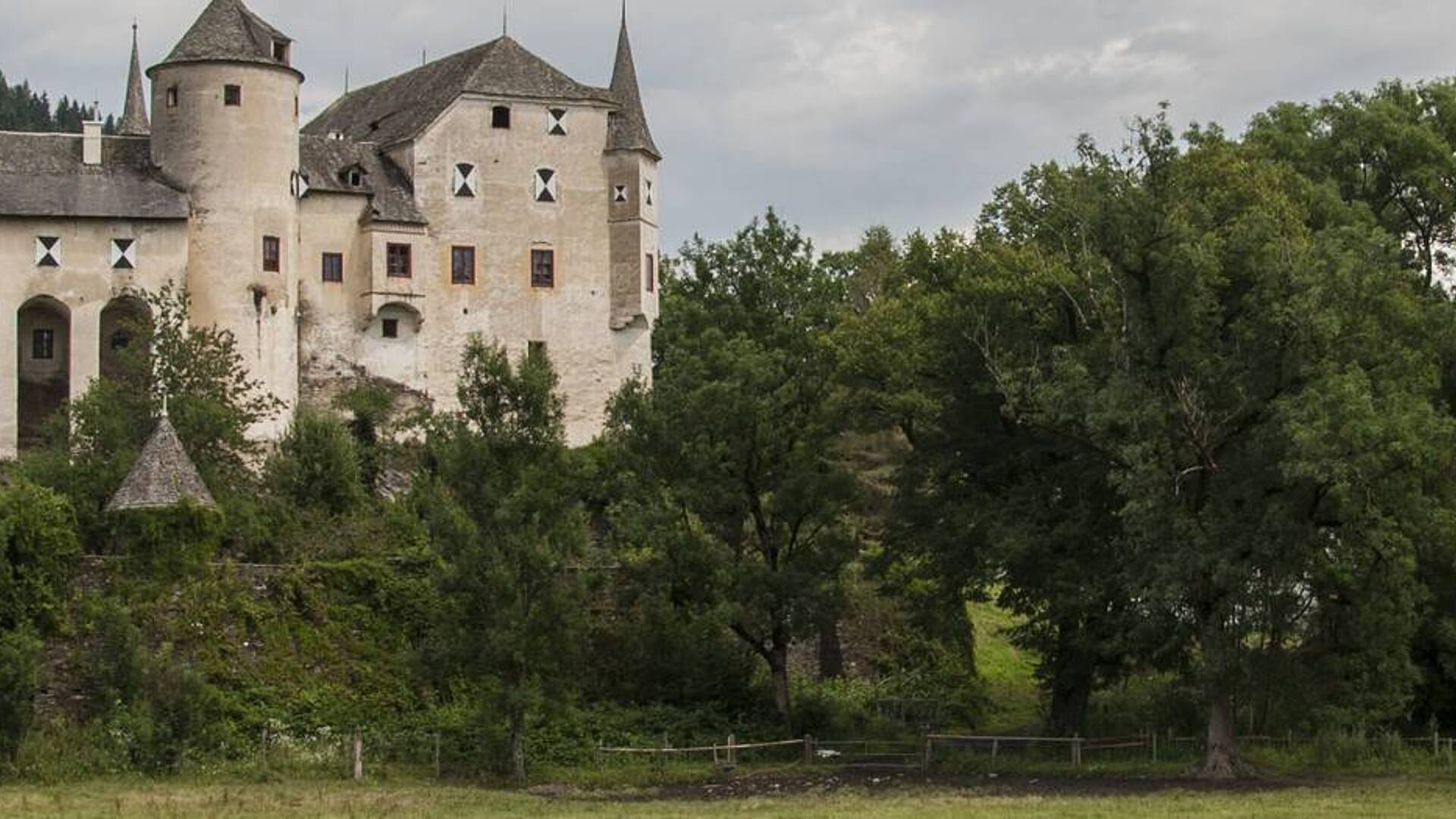
In the heart of the Wimitz mountains, Schloss Frauenstein is one of the best castles in Austria to fit every expectation of what a castle should be. A well-preserved gothic castle from the late medieval period, Frauenstein has a moat, towers and turrets; it is a fairytale castle come true! It is just north of the town of St Veit an der Glan, which was the historic capital of Carinthia until 1518.
With Schloss Frauenstein you get not one but three castles because Frauenstein is the starting point of hiking trails to two more romantic ruins, Freiberg Castle and Kraiger Castle.
